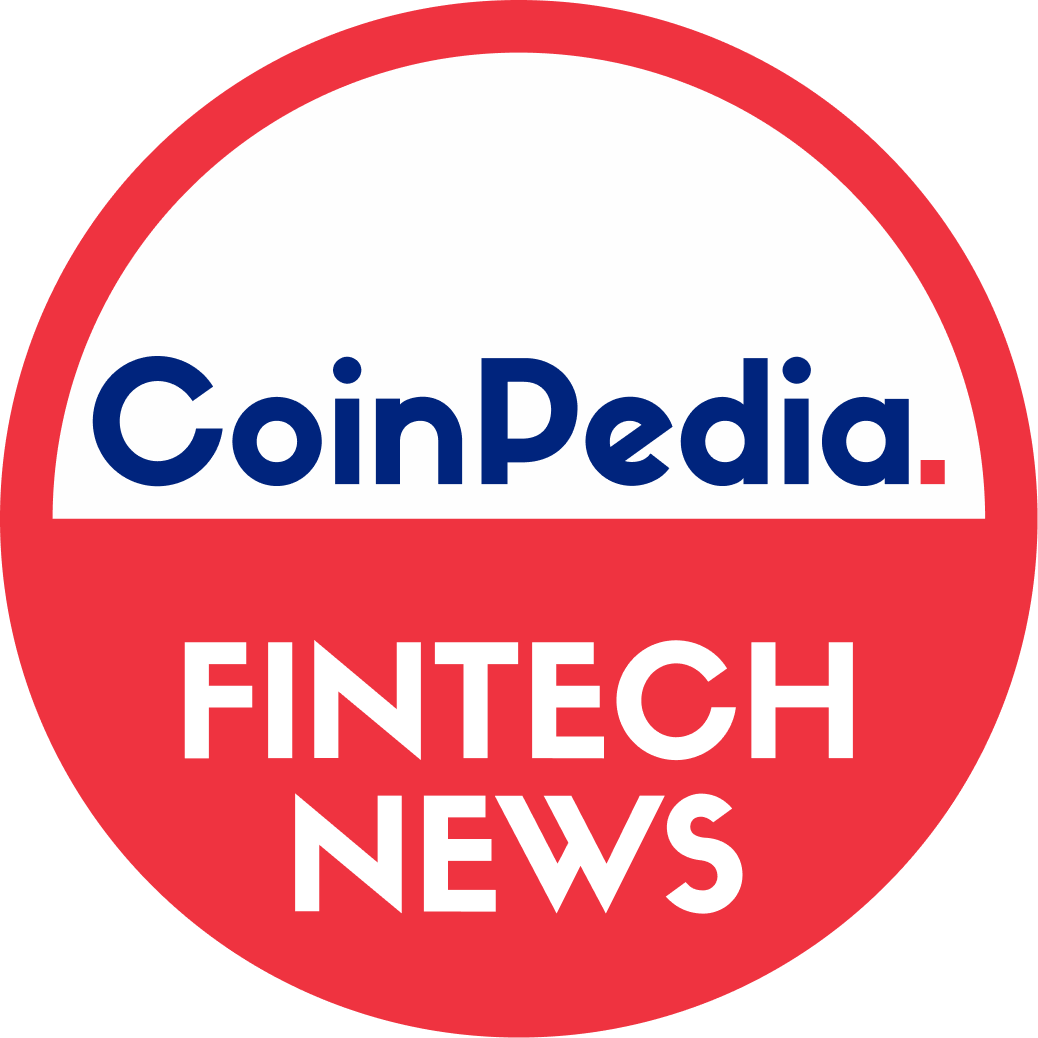Launched in 2017, Cardano is billed as a third-generation blockchain, following Bitcoin and Ethereum, which were the first- and second-generation blockchains. Cardano aims to compete directly with Ethereum and other decentralized application platforms, saying that it is a more scalable, secure and efficient alternative.
Decentralized applications, or dapps, are similar to applications on a smartphone. The main difference is dapps run autonomously without a third party operating in the background. They achieve that autonomy by using smart contracts, which are computer programs designed specifically to perform a function when certain predetermined conditions are met.
For example, you could create a collateralized borrowing dapp that loaned money to anyone if they deposited a certain amount of collateral in a wallet beforehand. The smart contract, in this instance, would be programmed to send a transaction (the loan) to the borrower immediately after the collateral wallet received the right amount of funds. The smart contract could also be programmed to liquidate the collateral (keep the locked-up funds) if the borrower failed to make repayments on time.
ADA price
Cardano’s native cryptocurrency, ADA, was launched in 2017 following a public sale of 25.9 billion ADA tokens, which began in September 2015. A further 5.2 billion tokens were issued and shared among the three separate entities that market and develop the Cardano protocol. They are Input Output Global (IOG), Emurgo and the Cardano Foundation. IOG was issued 2.46 billion tokens, Emurgo 2.06 billion and the foundation 648 million.
When the token became publicly tradable, ADA’s price was $0.02. Within 96 days, prices skyrocketed to their previous all-time high of $1.31 in tune with the rest of the crypto market during the 2017 crypto bull run.
Like the prices of most crypto assets in 2018, ADA’s price fell sharply that year. By November 2018, it had fallen back to $0.02.
It took more than two years before ADA returned to above $1.31. Spurred by a new bull market cycle in early 2021, ADA continued to climb, and it hit $2.46 in mid-May 2021. A brief correction occurred between May and July before prices shot up even further. This time, ADA reached a new all-time high of $3.10 in early September 2021.
How does Cardano work?
Cardano’s native blockchain is divided into two separate layers to fulfill different tasks and improve overall efficiency. They are:
In order to create new blocks, Ouroboros uses a time-period system called “epochs,” where each epoch lasts five days. Inside each epoch, there are 21,600 smaller units of time called slots, or one slot every 20 seconds. Stake pools are randomly assigned to each slot as a “slot leader” and tasked with creating a new block for that slot.
While anyone can run their own staking pool, it does require a level of technical expertise to do so successfully. Rewards for adding new blocks to the chain are distributed among the stake-pool operator and stakers after every epoch finishes (five days). The rewards are in proportion to how many coins are staked in the pool by each person.
The more coins collectively held in a stake pool, the greater the chance it will get randomly selected to become a slot leader and add the next block in the chain. Think of staked coins like lottery tickets. While having more tickets increases your chances of winning, it doesn’t guarantee that you will win. To prevent giant pools from dominating the system, each staking pool is governed by a “saturation parameter,” which essentially offers stake pools lower rewards once they reach a certain capacity. That gives ADA stakers an incentive to relocate their coins to smaller pools.
This Ouroboros consensus system is completely different from Bitcoin’s proof-of-work (PoW) system, which requires users to compete using specialized computer equipment to discover the next block and has no built-in feature that discourages monopolistic mining operations, other than the fact that bitcoin’s value depends on its being controlled by no one.
Cardano development
Financial professionals with no experience in programming will be able to create their own smart contracts for business using “Marlowe,” a programming language known as a domain-specific language (DSL) that was created by Cardano to make it easier to create smart contracts.
To improve scalability, Cardano will introduce sidechains. These are separate blockchains that run parallel to the main blockchain (master chain) and can be used to fulfill certain tasks such as processing microtransactions, storing wallet data and deploying dapps. The idea is that sidechains reduce the amount of work that needs to be done on the master chain and help to prevent congestion, which should allow for faster transactions.
Decentralized governance is another part of the planned development and will eventually turn Cardano into a wholly community-driven project. That refers to a system where ADA holders stake their coins in order to vote on new proposals to develop or advance the project. This is a weighted system, whereby the more coins you stake, the greater your voting powers.
Key events and management
Three separate entities oversee the development of Cardano as it moves toward becoming a completely decentralized project.


 Bitcoin
Bitcoin  Ethereum
Ethereum  Tether
Tether  XRP
XRP  USDC
USDC  Lido Staked Ether
Lido Staked Ether  Dogecoin
Dogecoin  TRON
TRON  Cardano
Cardano  Wrapped stETH
Wrapped stETH  Wrapped Bitcoin
Wrapped Bitcoin  Figure Heloc
Figure Heloc  Hyperliquid
Hyperliquid  Chainlink
Chainlink  Bitcoin Cash
Bitcoin Cash  Wrapped eETH
Wrapped eETH  Stellar
Stellar  Ethena USDe
Ethena USDe  USDS
USDS  Sui
Sui  Binance Bridged USDT (BNB Smart Chain)
Binance Bridged USDT (BNB Smart Chain)  LEO Token
LEO Token  WETH
WETH  Hedera
Hedera  Avalanche
Avalanche  Coinbase Wrapped BTC
Coinbase Wrapped BTC  Litecoin
Litecoin  USDT0
USDT0  Monero
Monero  WhiteBIT Coin
WhiteBIT Coin  Shiba Inu
Shiba Inu  Toncoin
Toncoin  Cronos
Cronos  Zcash
Zcash  Mantle
Mantle  Ethena Staked USDe
Ethena Staked USDe  Dai
Dai  Polkadot
Polkadot  Bittensor
Bittensor  MemeCore
MemeCore  Uniswap
Uniswap  World Liberty Financial
World Liberty Financial  Aave
Aave  sUSDS
sUSDS  OKB
OKB  Ethena
Ethena  Bitget Token
Bitget Token  USD1
USD1